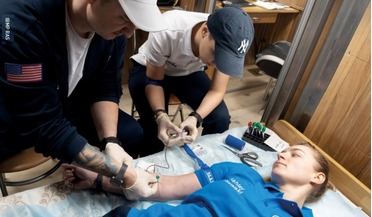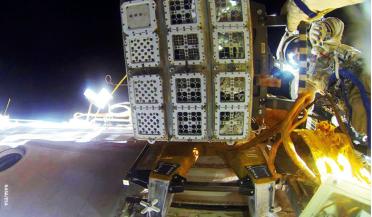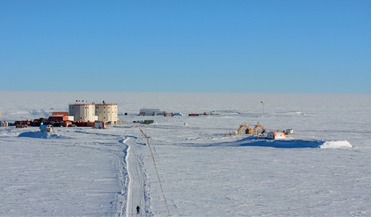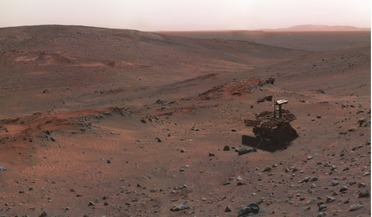 January 2023
The effects of spaceflight on the female body
January 2023
The effects of spaceflight on the female body
... the SIRIUS-21 experiment had an increased proportion of lean mass and decreased fat component. There were no critical changes in bone mineral content and bone density in the skeletal areas lumbar vertebrae L1-L4 and proximal femur. Osteodensitometry...
 September 2023
How microorganisms survive space travel
September 2023
How microorganisms survive space travel
... in outer space for long periods of time and what changes occur to them under these conditions. Obtaining such data is...colistin and chloramphenicol (Tables 1 and 2). However, this minor change was sufficient to move the cultures under study from the ...
 October 2015
Copernicus, ESA’s most ambitious Earth Observation programme
October 2015
Copernicus, ESA’s most ambitious Earth Observation programme
... space component. Copernicus is Europe’s answer to global needs, allowing us to manage the environment, to mitigate the effects of climate change and to ensure civil security. The Sentinel missions, the first of which was launched in 2014, are based...
 October 2017
Third quarter phenomenon - the psychology of time in space
October 2017
Third quarter phenomenon - the psychology of time in space
... human psyche, it may be unrealistic to truly establish the third quarter model as the only temporal pattern to represent changes in performance and health during missions in extreme settings, including in space. But across many research projects the...
 November 2017
Roving the red planet
November 2017
Roving the red planet
...Crater locations explored by Curiosity) and the subsurface (as seen by Opportunity on the rim of Endeavour Crater). Later, conditions changed and early in the Hesperian period of Mars’ history (roughly 3.7 billion years ago) waters became more acidic...
 February 2021
In-orbit servicing and insurance – a marriage of convenience?
February 2021
In-orbit servicing and insurance – a marriage of convenience?
... tracked from Earth. As a result of the possibility of in–orbit inspection determining the cause of loss, this situation may change substantially in future. For the same reason, any exposure assessment would be much easier, leading potentially to the...